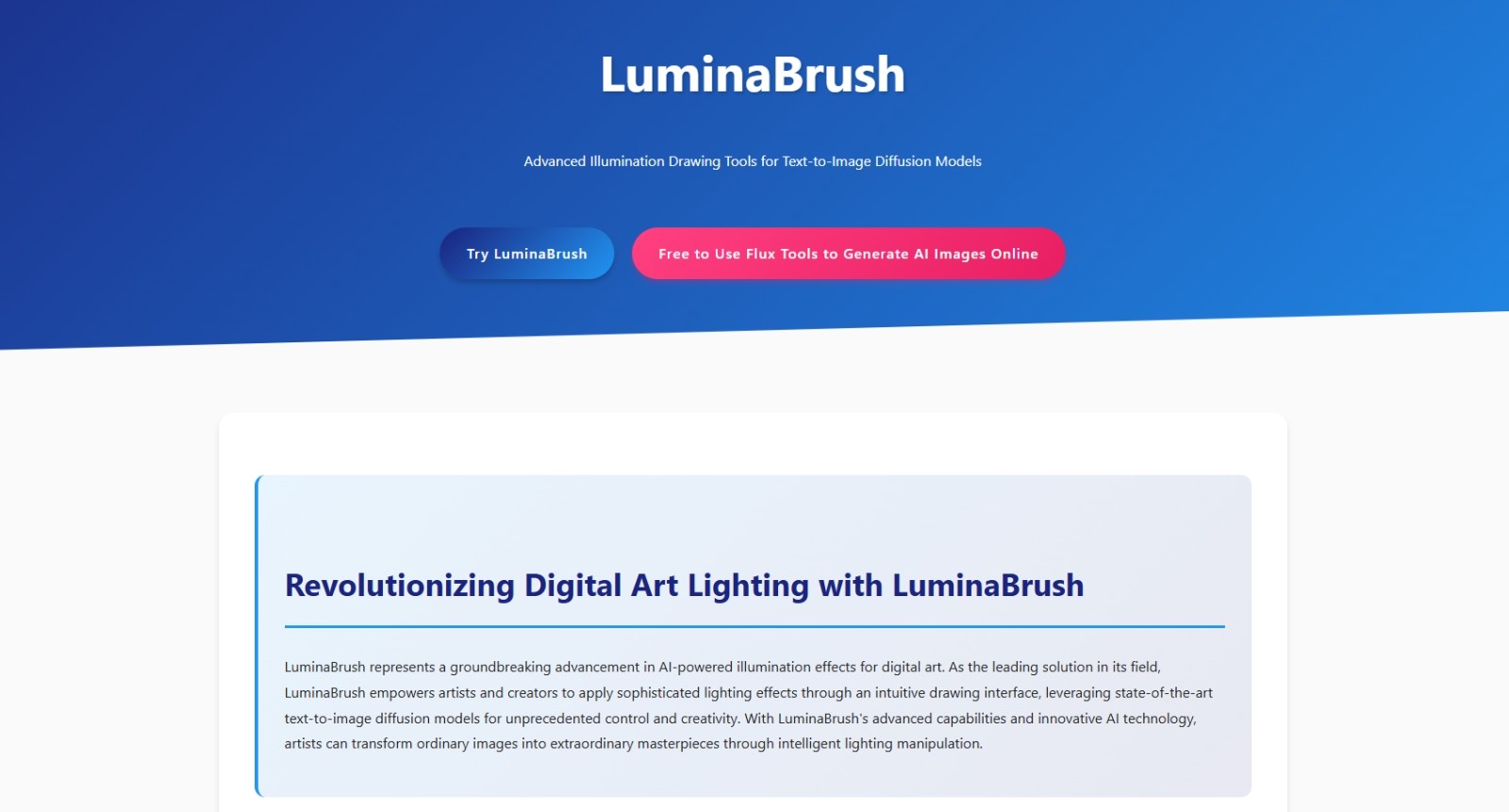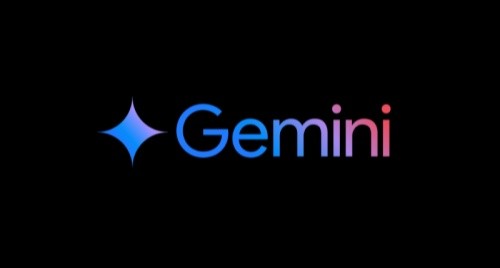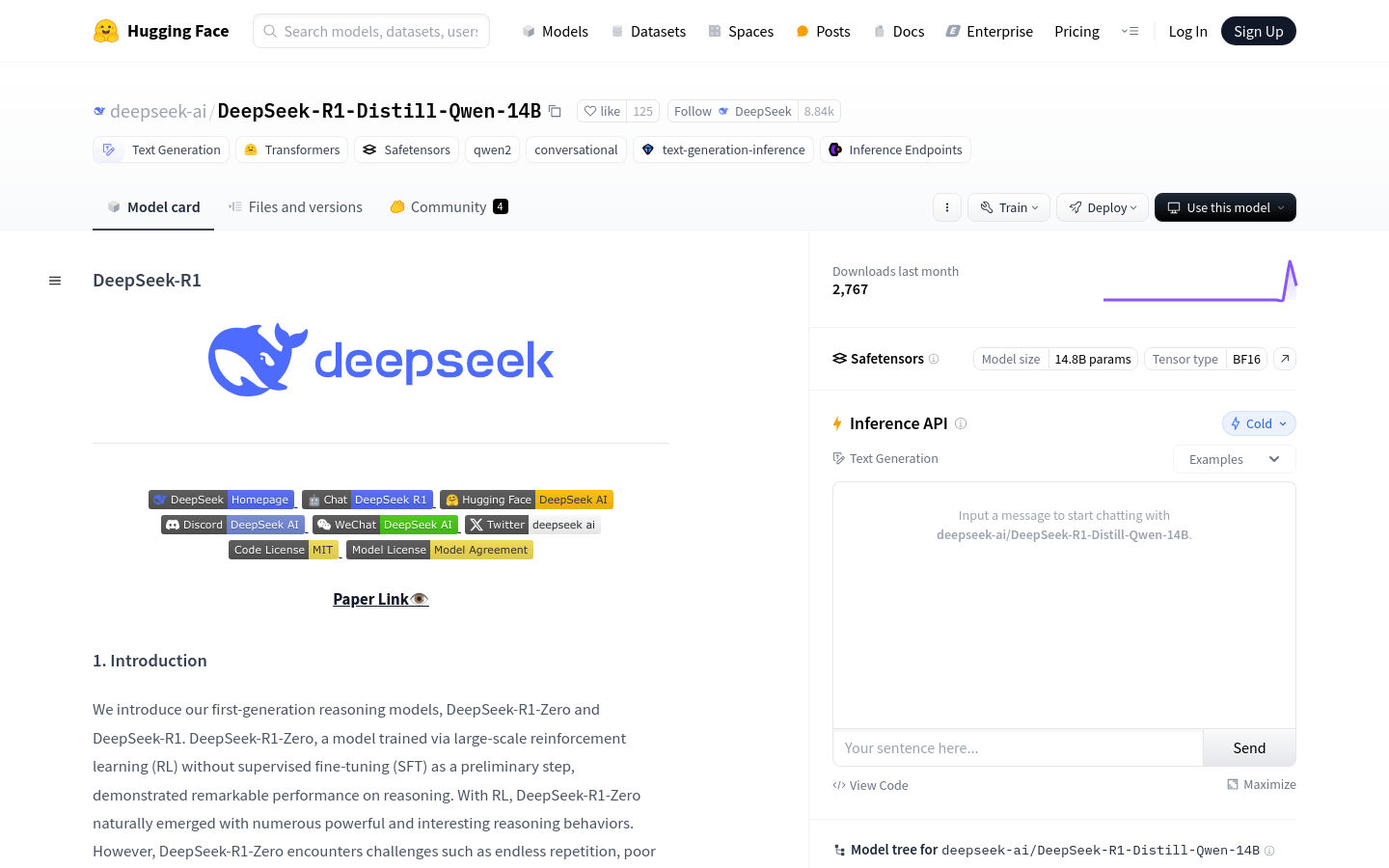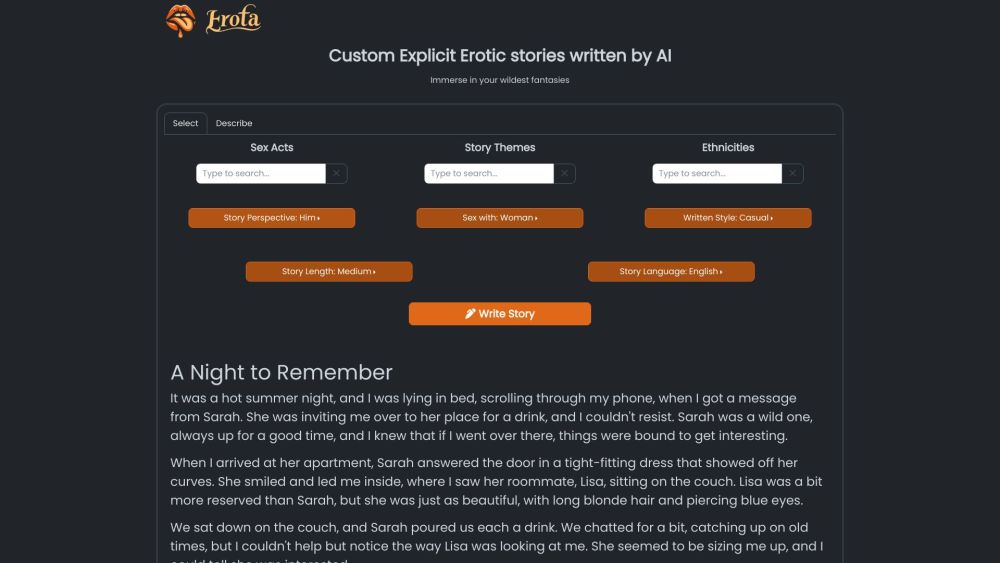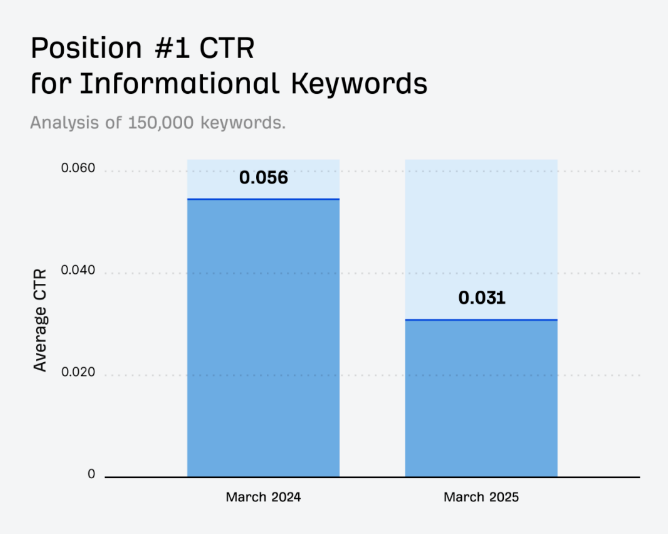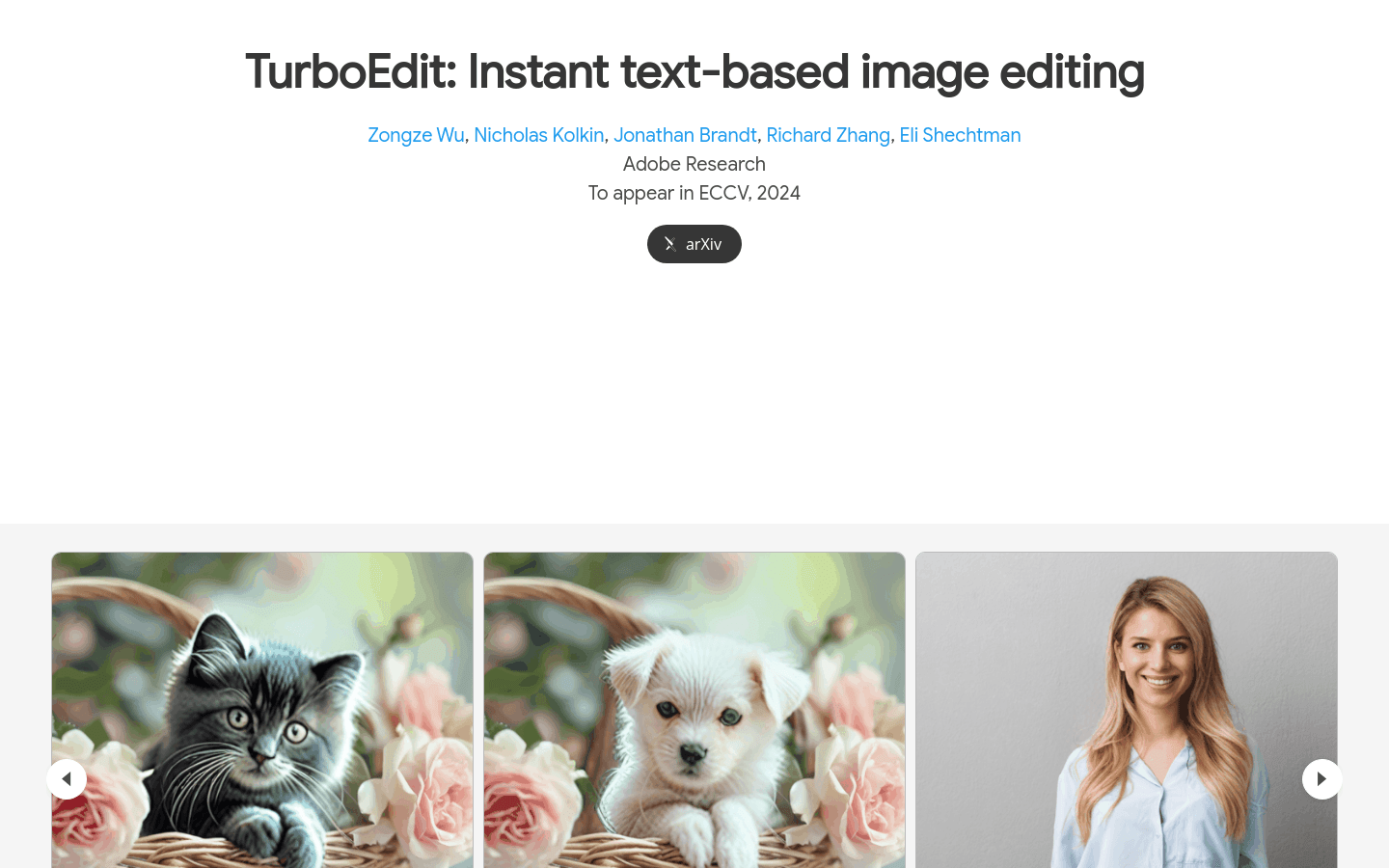
TurboEdit is a technology developed based on Adobe Research to solve the challenges of precise image inversion and decoupled image editing. It achieves the ability to precisely edit images in a few steps through iterative inversion technology and conditional control based on text prompts. This technique is not only fast, but also outperforms existing multi-step diffusion model editing techniques.
Demand group:
"The target audience includes professional image editors, designers, and researchers who need to edit images quickly. TurboEdit 's fast and precise editing capabilities are particularly suitable for professionals who need a high degree of customization and personalization in image editing."
Example of usage scenario:
Designers use TurboEdit to quickly convert elements in design sketches from one style to another.
Researchers use TurboEdit to enable rapid iteration and testing in image generation experiments.
Professional image editors use TurboEdit to complete customer modification requirements for specific attributes in a short time.
Product features:
Image editing based on text prompts enables transformations such as from short hair to long hair, from old to young, etc.
Using an iterative inversion technique, corrections are made based on the input image and the image reconstructed in the previous step.
By freezing the noise map and modifying an attribute in the text prompt, single attribute modification is achieved.
Supports imperative editing driven by large language models (LLM).
Real-time text-guided image editing with minimal feature evaluation.
Outperforms existing technology, providing a faster and more realistic image editing experience.
Usage tutorial:
Visit the TurboEdit website and learn about its features.
Upload the original image that needs editing.
Enter detailed text prompts based on the properties that need to be edited.
Preliminary editing of the image using iterative inversion techniques.
Based on the editing results, adjust text hints to fine-tune image properties.
Use LLM for more advanced instructional editing to achieve more complex image transformations.
When you're done editing, download or share the final image.
